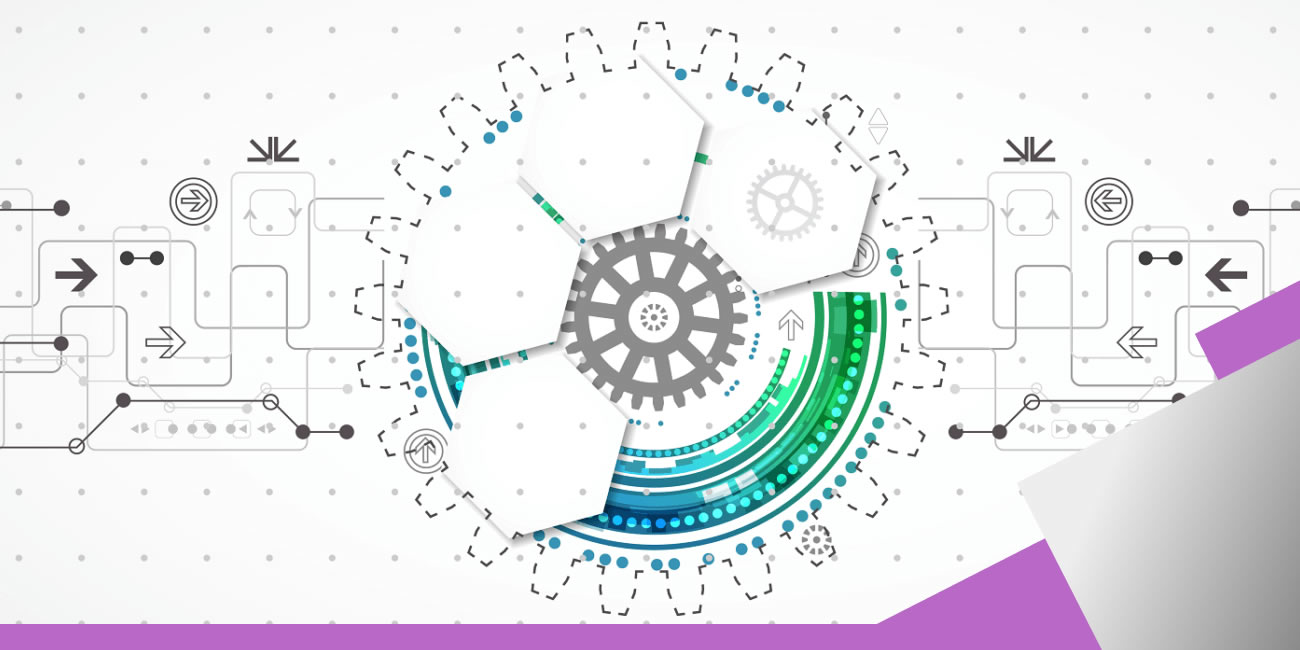1. Start with labor, not with technology.
The optimal integration of humans and robots requires a greater capacity to deconstruct work in discrete elements: to see the tasks of a job as independent and fungible components.
AI (Artificial Intelligence) and robotics increasingly perform the routine aspects of white-collar jobs, reserving the non-routine aspects to humans.


2. Understand the different opportunities for work automation.
AI can support three types of automation: robotic process automation (RPA), cognitive automation, and social robotics.
RPA automates high volume administrative tasks, low complexity and routine administration processes: it is the logical successor of outsourcing, further reducing costs and increasing accuracy.
3. Manage the decoupling of work in the organization.
Human labor that is created or remains after automation will not be easily adapted to traditional jobs. Nor will this type of work always be optimally obtained through employment.
Current supply chains track the components of the products at both the atomized and the aggregate level.


4. Visualize the organization again.
The organization must be reconsidered as a center and a source of capital for an ecosystem of job providers.
These providers include AI and automation, but also include human resources such as employees, contractors, self-employed workers, volunteers and partners.












